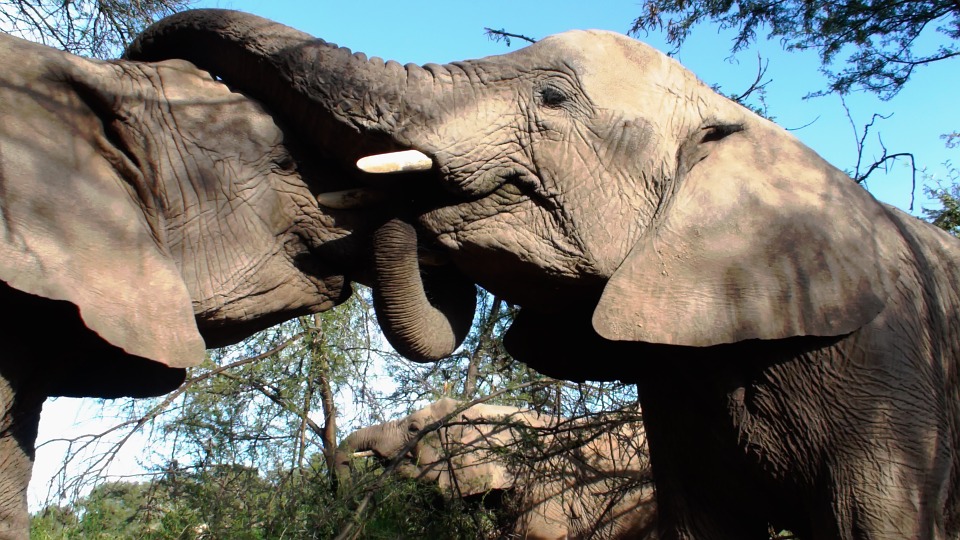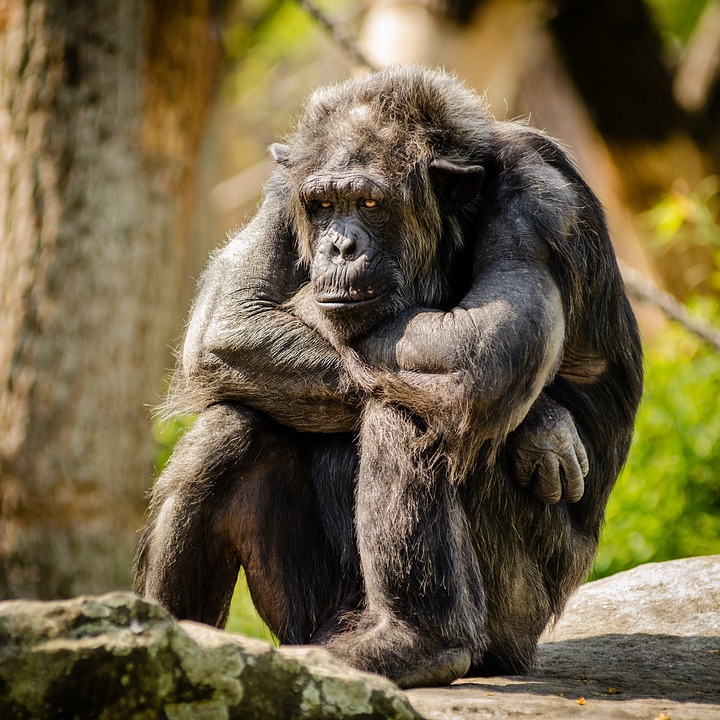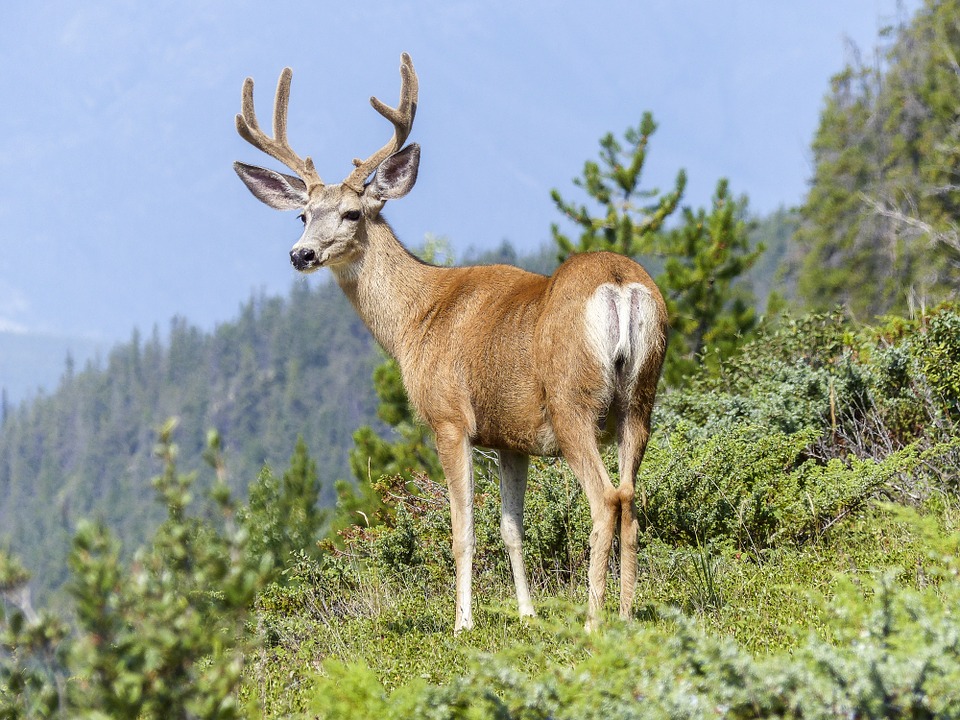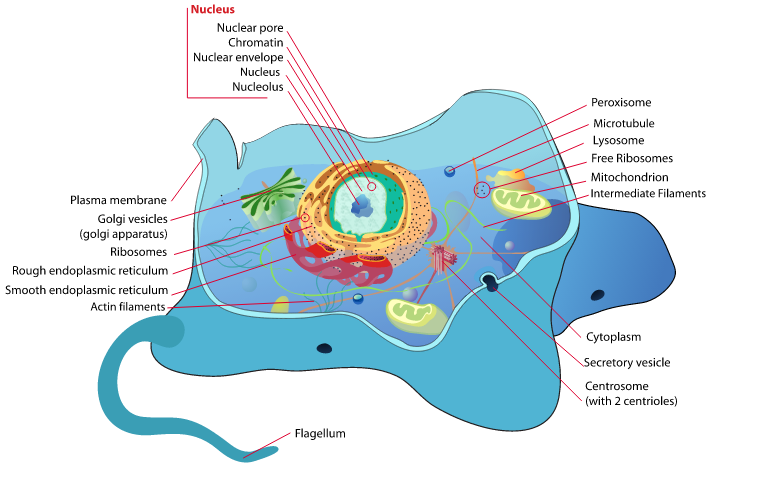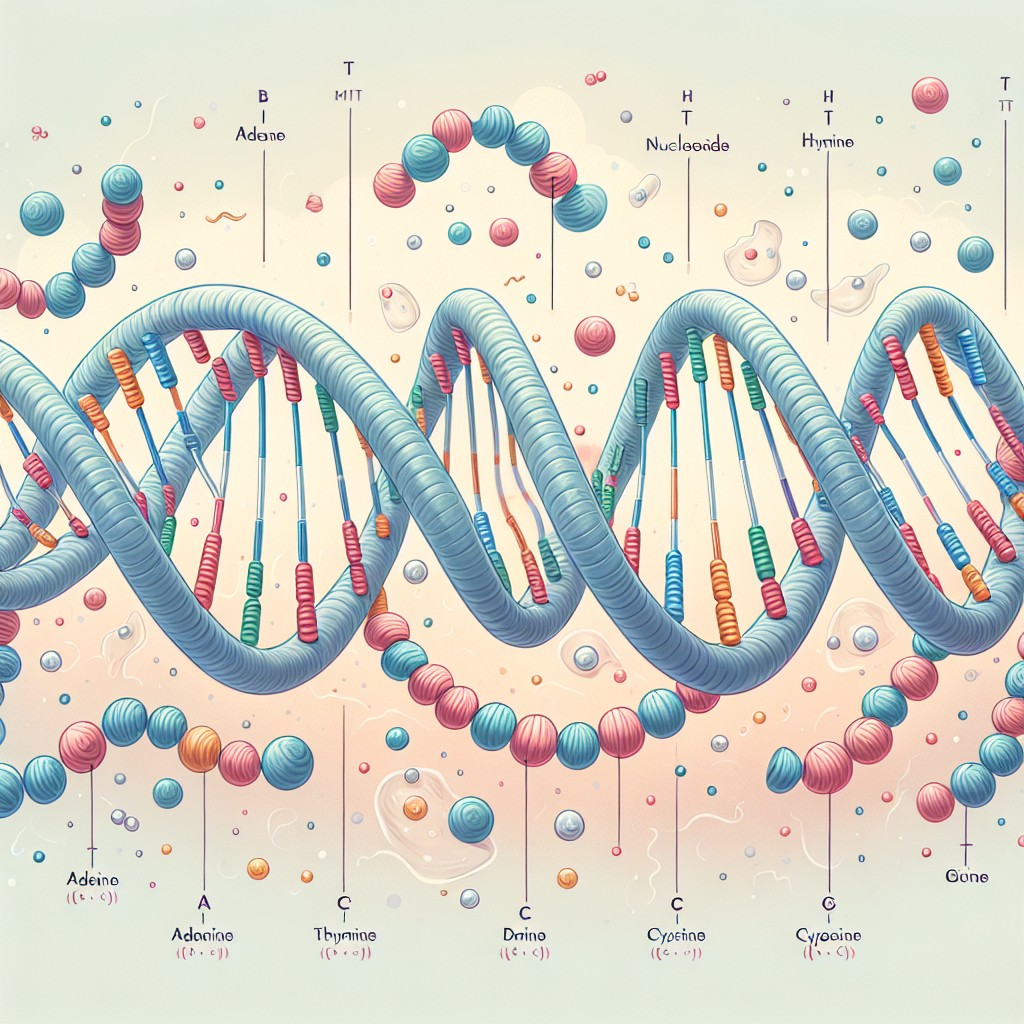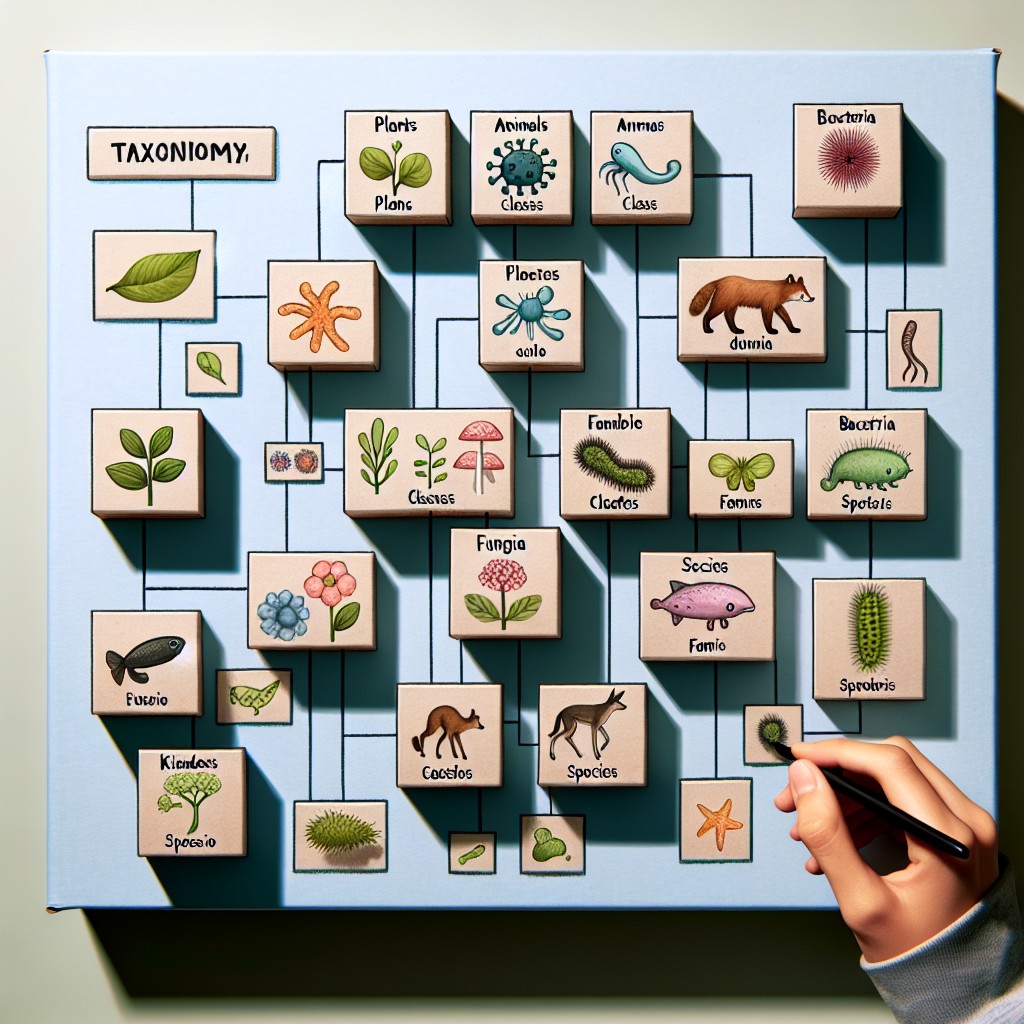The term Mammals is the name given to a group of animals that produce milk for their young (in mammary glands) which currently accounts for 5,000 species.
Milk Production from mammary glands
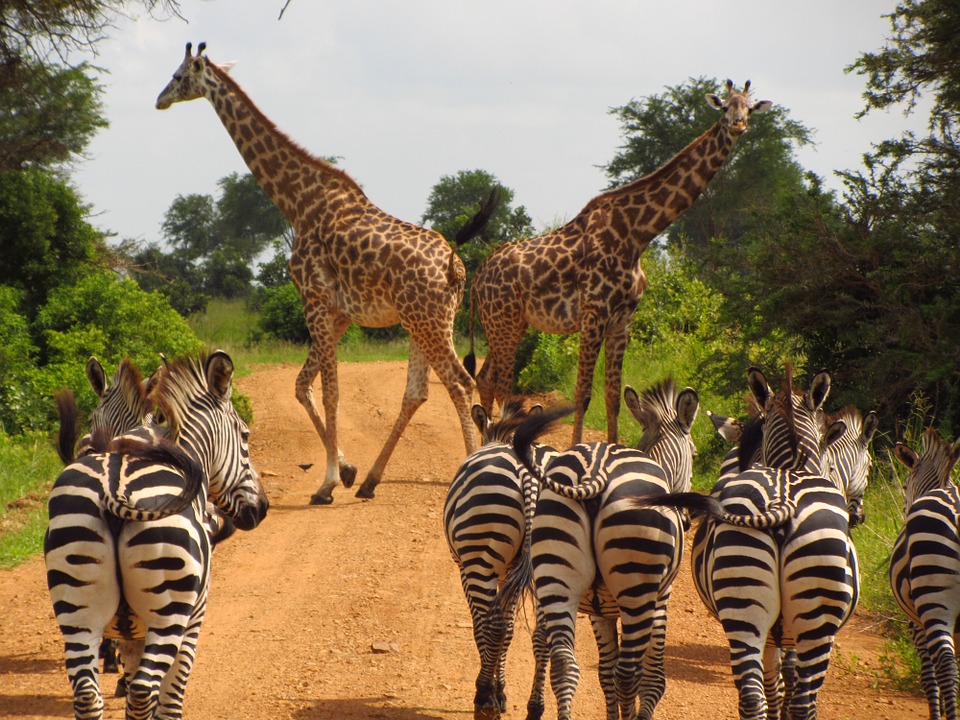
What are Mammals?
The term Mammals is the name given to a class of animals that produce milk for their young (in mammary glands) which currently accounts for 5,000 species. They have populated every part of the globe, from whales and dolphins in the sea, bats in the sky, moles that live underground and land mammals that live on every continent.
Rise of mammals
Although mammals existed at the time of the dinosaurs their population and diversity exploded during the Paleocene epoch – a 10 million year period that immediately followed the dino-extinction event.
For around 160 million years the mammals lived in the shadow of dinosaurs but some 65.5 million years ago the Cretaceous-Tertiary extinction event (also known as the K-T event) occurred, wiping out the dinosaurs and dawning the Age of Mammals.
Common characteristics
As well as producing milk for their young mammals have other equally important similarities or characteristics. These include the production of hair and the three middle ear bones.

Hair
All mammals have it and any animal with it is a mammal1. Even aquatic mammals such as dolphins, whales and porpoises have hair somewhere on the body of adults. This hair is used by mammals for many purposes such as ‘protection from the elements, concealment, waterproofing, buoyancy and for behavioural signalling’.1 Unlike feathers on birds, which evolved from the scales of reptiles, ‘hair is a completely new epidrermal structure’.1 Hair also helps give mammals another distinct advantage over many other animals, which is the ability to control our temperature despite our surroundings. Hairs can stand on end when mammals get cold, which traps air and improves their insulation. Being able to control our temperature in this way is known as homeothermy and is sometimes referred to as being warm-blooded.
Three Middle Ear Bones
Another common characteristic of all mammals is the three middle ear bones known as the malleus, incus, and stapes (more commonly referred to as the hammer, anvil, and stirrup). This characteristic can be found on fossils which has allowed palaeontologists to identify early mammals. These bones evolved from mammals immediate ancestors – the therapsids that dominated land during the Permian era. The therapsids had just one bone in there middle ear (the stapes) and several bones in the jaw, some which are believed to of pick up vibrations and possibly detect sound. In mammals this evolved into the jaw fusing into one bone and two of the bones adding to the stapes to make an improved middle ear.2
Milk Production from mammary glands
Female mammals have the ability to produce milk as nourishment for their young from mammary glands which evolved from sweat ducts. Male mammals also have mammary glands but their development stops before they reach puberty. The production of milk in humans allows nourishment for young that have not yet grown teeth and so are unable to chew. Its high protein, fat and sugar content make it a very rich source of food which is perfect for the growing mammals. In the case of humans, antibodies are also passed through the milk which boosts the immune system and improves their chance of survival. In mammals the amount of mammary glands vary – while humans have two, some marsupials have as many as twenty in their pouches.2
The amount of mammary glands is a good indication of the number of offspring that can be born at any one time. In humans, normally twins would be the maximum amount of offspring born naturally without human intervention.
Orders of Mammals2
Artiodactyla: (pigs, Hippos, giraffes, camels, moose, goats, bison and deer)
Carnivora: (canine, feline, bears, racoons, sea lions and seals)
Cetacea: (whales,Dolphines and porpoises)
Chiroptera: (bats)
Dasyuromorphia: (quolls, dunnarts, numbats and Tasmanian Devils)
Dermoptera: (flying lemurs or colugos); Didelphimorphia (opossums)
Diprotodontia: (wombats, kangaroos, wallabies and Koalas)
Hyracoidea: (hyraxes)
Insectivora: (shrews, moles and hedgehogs)
Lagomorha: (rabbits, hares and pikas)
Macroscelidea: (elephant shrews)
Monotremata: (platypus and echidnas)
Microbiotheria: (the Monito Del Monte)
Notoryctemorphia: (marsupial moles)
Paucituberculata: (shrew opossums)
Peramelemorphia: (bandicoots)
Perissodactyla: (horses, rhinos, tapirs and zebras)
Pholidota: (pangolins or spiny anteaters)
Primates: (lemurs, monkeys, marmosets, apes and humans)
Proboscidea: (elephants)
Rodentia: (squirrels, chipmunks, rats, mice, voles, beavers and lemmings)
Scandentia: (tree shrews)
Sirenia: (dugongs and manatees)
Tubulidentata: (aardvarks)
Xenarthra: (sloths, armadillos and true anteaters)
Source:-
1 Integrated Principles Of Zoology by Hickman, Roberts and Larson.
2 http://animaldiversity.ummz.umich.edu/collections/mammal_anatomy/jaws_and_ears/
3 http://animaldiversity.ummz.umich.edu/collections/mammal_anatomy/mammary_glands/
4 http://www.nhptv.org/natureworks/mammalia.htm
